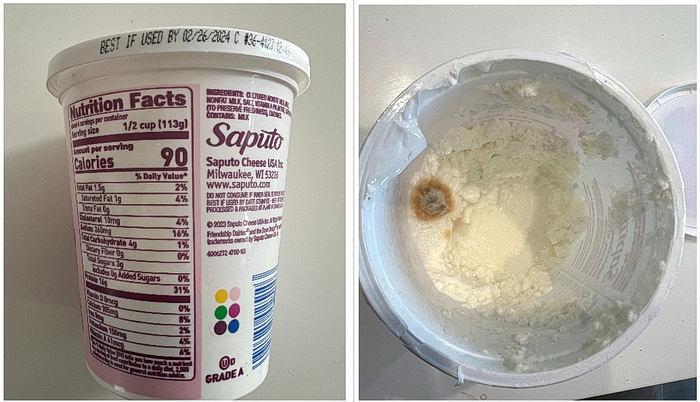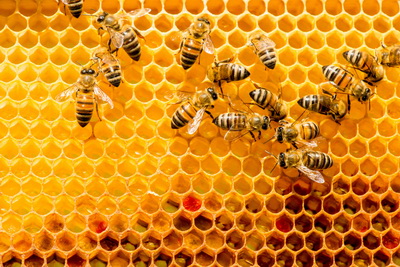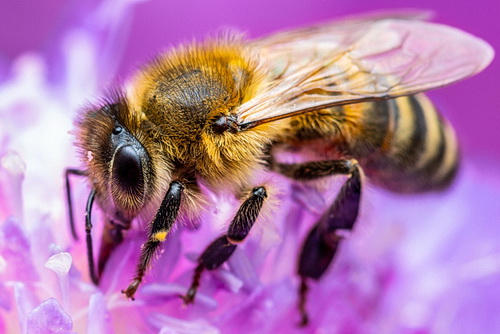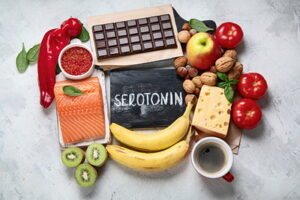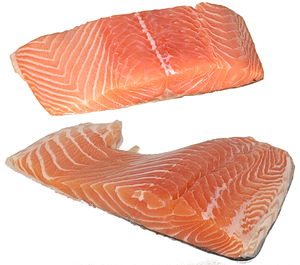Are You a Happy Person, or Do You Worry?

A happy person tends to focus on the positive aspects of situations, maintains an optimistic outlook, and seeks joy in the present moment. They embrace gratitude, practice self-care, and find meaning in everyday experiences.
In contrast, a worried person is preoccupied with negative possibilities, tends to overthink and anticipate problems, and may struggle to find contentment. They dwell on uncertainties, magnify challenges, and may experience heightened anxiety. Many times, people who tend to worry a lot concentrate on unrealistic situations that will never materialize.
Many people who suffer from bipolar disease have these worries, but not to worry (pun intended). There are ways to overcome illogical concerns and view life more positively. This will not only serve to diminish your fears but also make you feel mentally healthy and, subsequently, physically healthy as well.
In this year 2023, there is an abundance of ways to cope with worry and its corresponding emotions of stress and anxiety. Let’s get started.
The Stories

Jack’s Letter
Jack got a letter from one of his credit card companies. It was a standard letter regarding updates on his privacy policies, but Jack got nervous thinking there was a problem with his credit card and ran to his phone to call them.
What was Jack’s perception of this letter? No doubt it was a negative one, a half-empty glass outlook.
Now, let’s look at another scenario.
Susan’s Voicemail

Susan received a voicemail from her doctor’s office after her visit there a few days earlier. The message was that they would like her to call them back. Susan didn’t think it was anything serious to worry about and when she called, they just needed to verify her insurance.
Is Susan a negative or positive thinker? No doubt she is thinking positively.
Marjorie’s Olive Oil
Marjorie needed olive oil, but she heard that the store might be out of it, so she called them first. The phone call went as follows:
Marjorie: “Hello, do you have olive oil or you don’t?”
Store: “Yes, we have it. The price is $9.99.”
Marjorie: “OK great. I will be there shortly.”
What caused Marjorie to say “or you don’t”? Is she a positive or negative thinker?
Let’s look at one more.
Is It Hot or Cold?
A husband and wife were struggling financially and couldn’t afford the $600 monthly expenses for their heating bills. In order to save money, they kept their home cooler than what would be considered comfortable, relying on warm clothing in the chilly house. Eventually, they sold their house and moved into a rental apartment where the heating was included at no extra cost.
One day, the husband told his wife how wonderful it was to come home to a warm apartment without worrying about paying for heating bills. The wife replied, “Sometimes it gets too hot.” While this might seem like an ordinary response, it highlights the perspective of a negative thinker who often focuses on the downside instead of the advantages. In contrast, a positive thinker might have agreed and said, “Yes, it’s such a great benefit to have.”
Let’s take a deeper look at what positive and negative thoughts can do to us, or more expressional, is your glass half empty or half full?
Negative Thinking

A negative thinker is someone who tends to focus on the negative aspects of a situation or experience, rather than the positive. They have a mindset that tends to dwell on worst-case scenarios and assume the worst in any given situation. They often view problems as obstacles, rather than as opportunities for growth or learning.
Negative thinking is a pessimistic outlook, which can lead to a lack of motivation and a decreased ability to cope with stress and challenges. As a result, these individuals may struggle with increased anxiety and depression. Some people may go to the extreme and create a sense of hopelessness and despair.
These damaging thoughts can also have an impact on relationships, as they can lead to a general sense of cynicism. It is important to note that negative thinking is not the same as critical thinking, which involves evaluating situations and ideas thoughtfully and objectively. Rather, this type of pessimism involves a persistent focus on the bleakest aspects of a situation, often at the expense of the positive.
What Can a Negative Thinker Do to Off-Set Pessimism?

Negative thinking can be a difficult habit to break, but it’s not impossible. Here are some strategies that may help address these thoughts:
-
-
- Socialize and we are not talking about Facebook. Go out and meet people. This can help you forget about your worries and allow you to concentrate on talking about things that you enjoy.
- Surround yourself with positive people: With the above said, make sure the people you are with are positive thinkers. If you hear someone talking about their constant problems, politely excuse yourself and find some other folks who would be of more benefit to you.
- Sports and exercise: No doubt these activities will make you feel good, both inside and out. Anything from basketball to volleyball to weightlifting will be beneficial to you.
- Identify negative thinking patterns: The first step in addressing bad thoughts is to become aware of them. Notice when negative thinking arises and try to identify the patterns or triggers that lead to them.
- Challenge the negative: Once you’ve identified these thought patterns, challenge them by asking yourself if they’re based on facts or assumptions. Try to reframe them into more positive and realistic ones.
- Practice gratitude: Focusing on what you’re grateful for can help shift your focus away from negative thoughts. Start a gratitude journal or make a habit of reflecting on what you’re thankful for each day.
- Practice meditation: Meditation can help you become more aware of your thoughts and feelings.
- Get a Pet: Studies have shown that pets, especially dogs and cats can help diminish your worries and reduce your stress.
- Seek professional help: If negative thinking is interfering with your daily life or causing significant distress, consider seeking the help of a mental health professional. Cognitive Behavioral Therapy would be the best route. These are trained psychotherapists who can help provide additional support and guidance in addressing negative thought patterns. Additionally, you can visit a psychiatrist who can prescribe the proper medication for you that can help with your anxiety.
-
Positive Thinkers

A positive thinker is a person who tends to see the world and situations in a positive light and has a generally optimistic outlook on life. Positive thinkers focus on the positive aspects of a situation rather than dwelling on the negative, and they look for opportunities and solutions rather than being overwhelmed by problems.
These are folks who see challenges as opportunities and maintain an optimistic outlook on situations. They are not unrealistic or naive, but rather they choose to view situations constructively.
Optimistic thinkers find the positive aspects of a situation, rather than dwelling on the negative. They can naturally manage their thoughts and choose to focus on the good, rather than the bad in many circumstances.
This type of mindset can have many benefits, including improved mental health, increased resilience, better coping skills, and a more fulfilling life. However, it’s important to note that being a positive thinker does not mean ignoring or denying problems, but rather approaching them with a positive and constructive mindset.
Conclusion

When you see an issue arise, give it a quick thought – is this something I should worry about? If it is something that would normally make you feel uncomfortable, confront the situation immediately and try to resolve it, but if this is something that may not be of concern at all, make a mental note and then confront your feelings by telling yourself that this is NOT something to worry about.
Follow the suggestions above regarding off-setting pessimism. Try meditation and socialize with positive people. Get a pet. Additionally, there is cognitive behavioral therapy available as well as speaking to a psychiatrist who can prescribe medication if the need arises.




